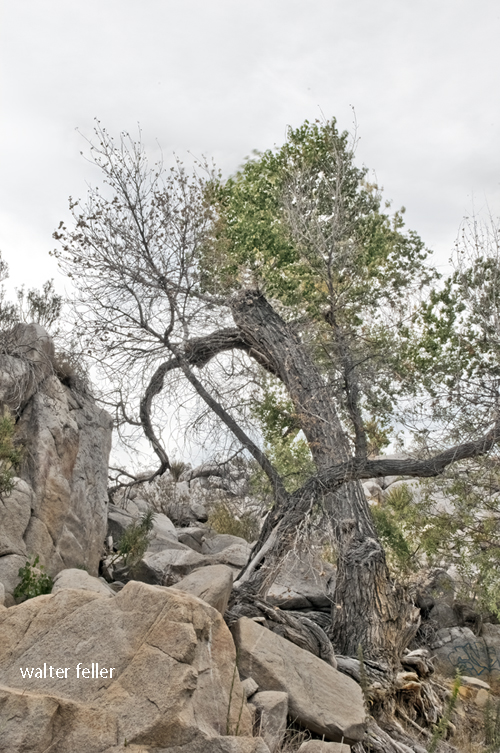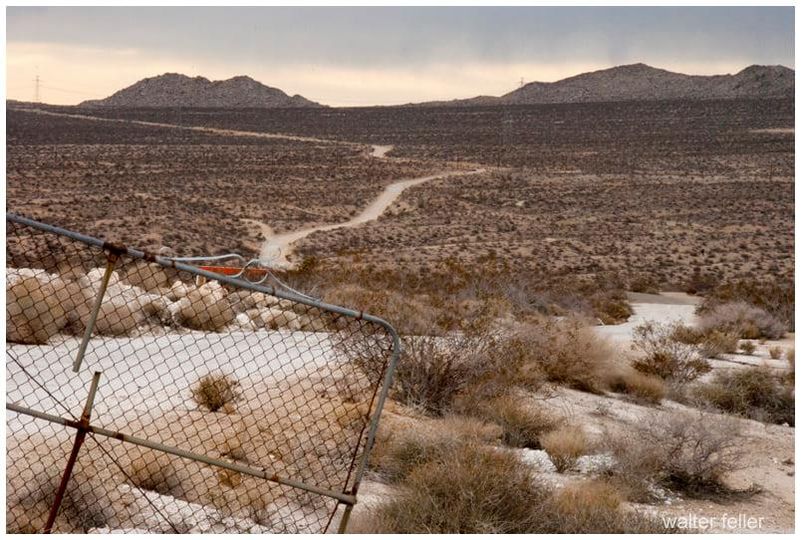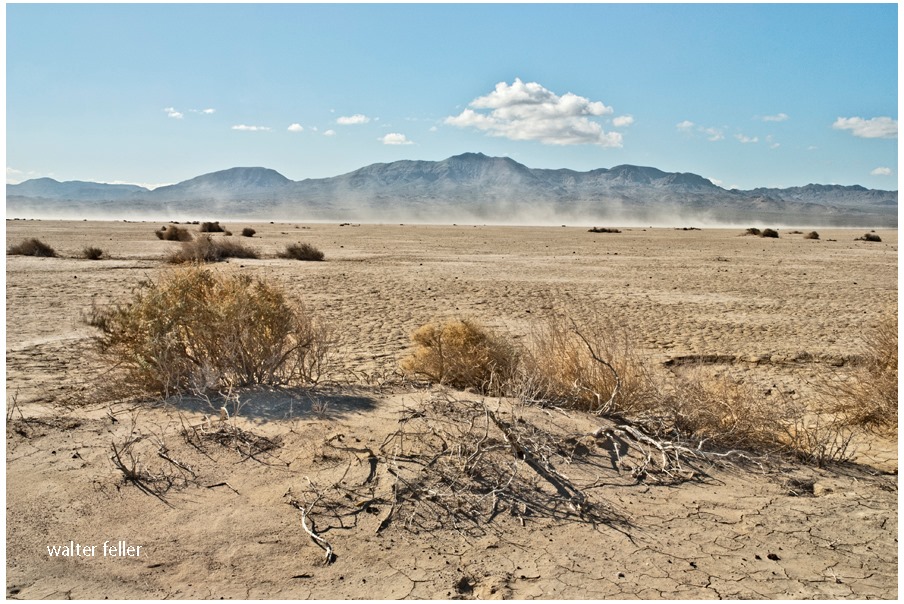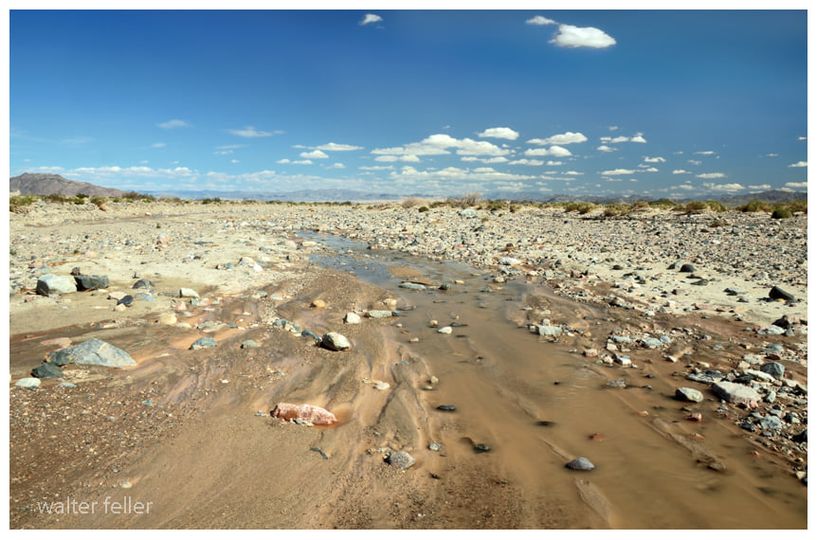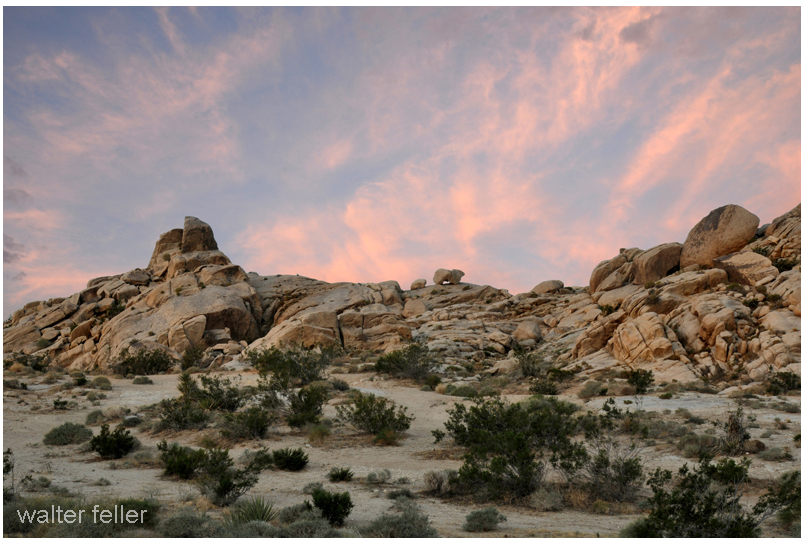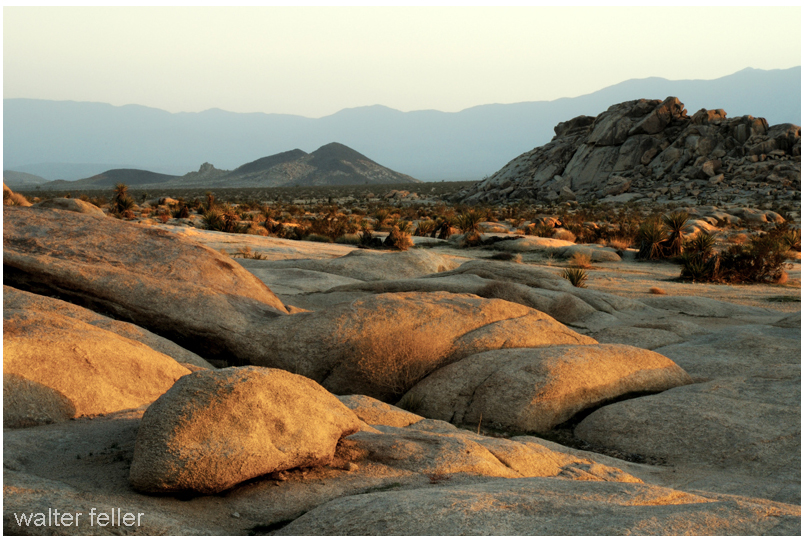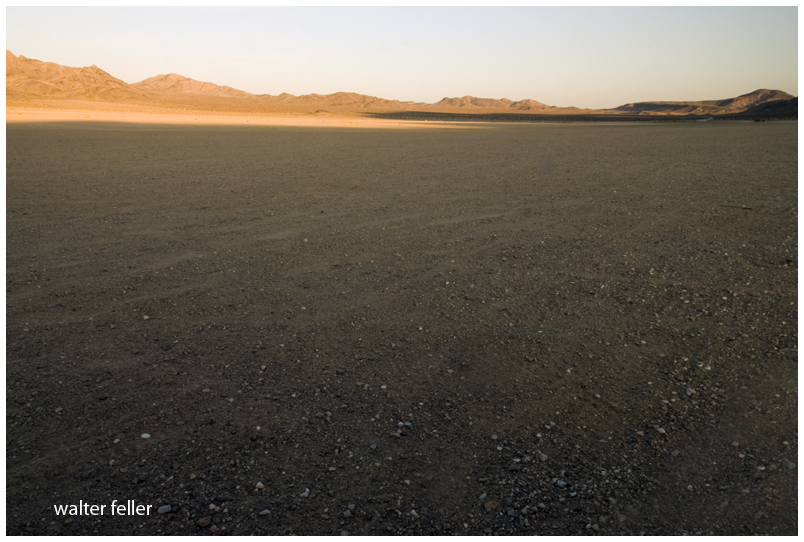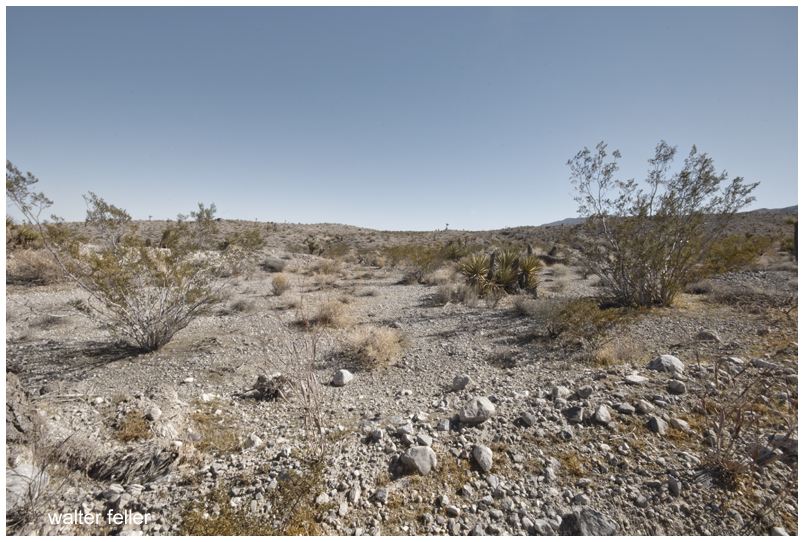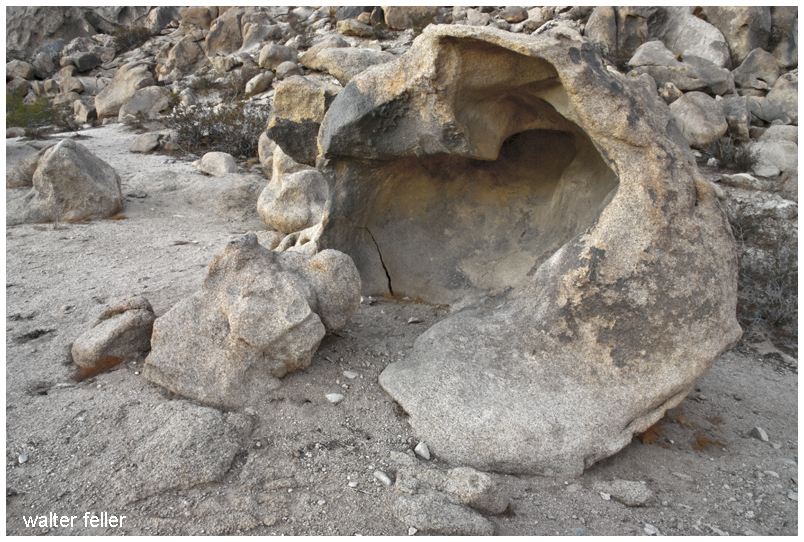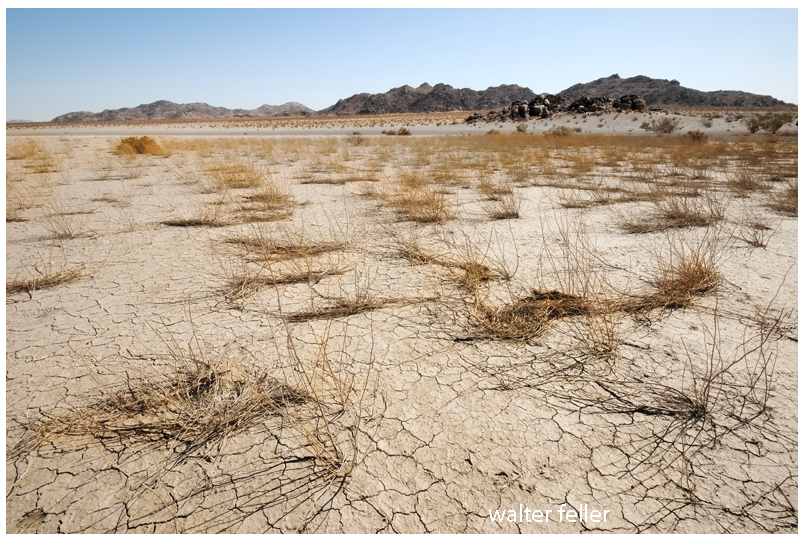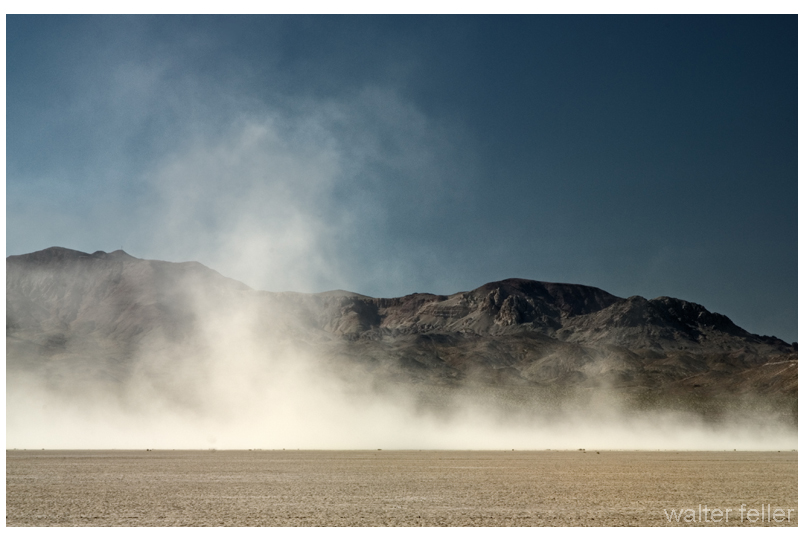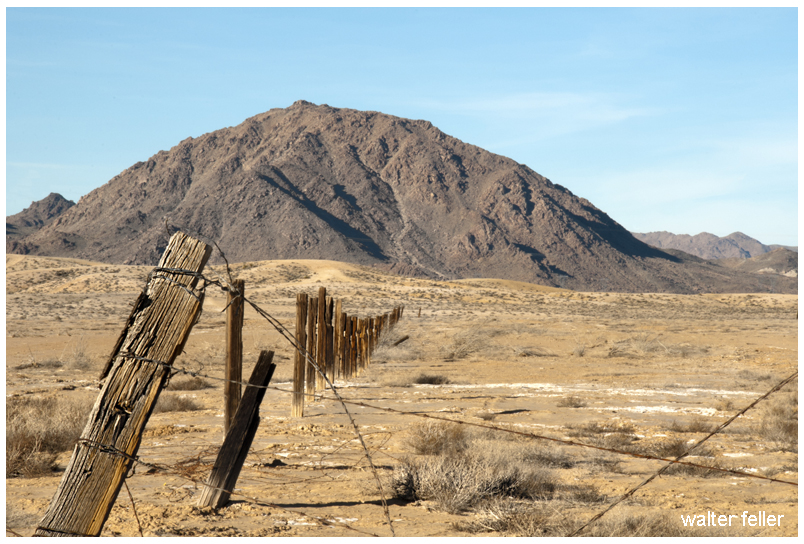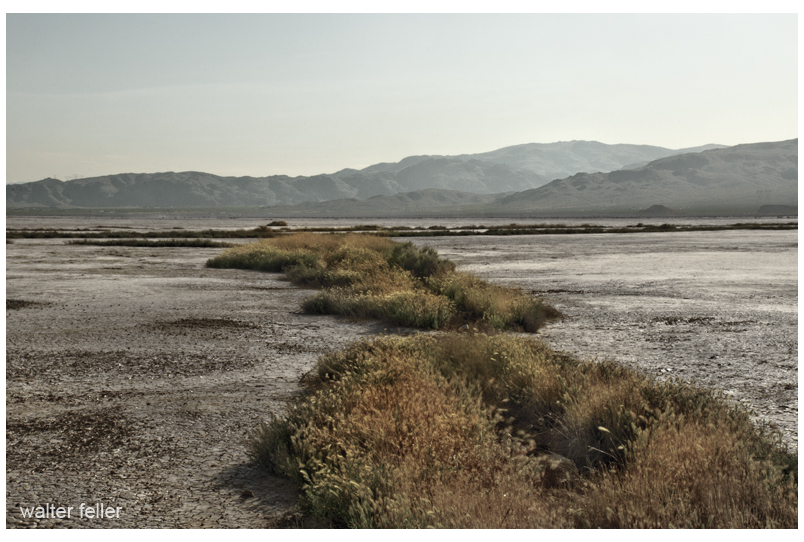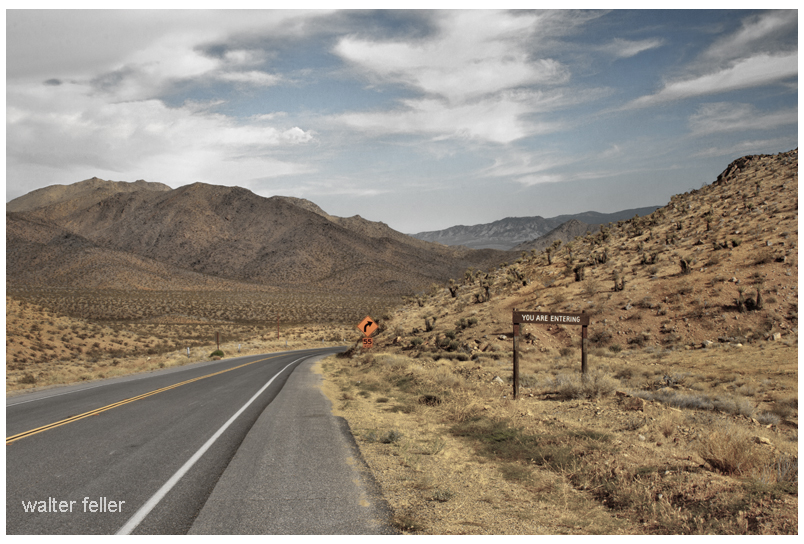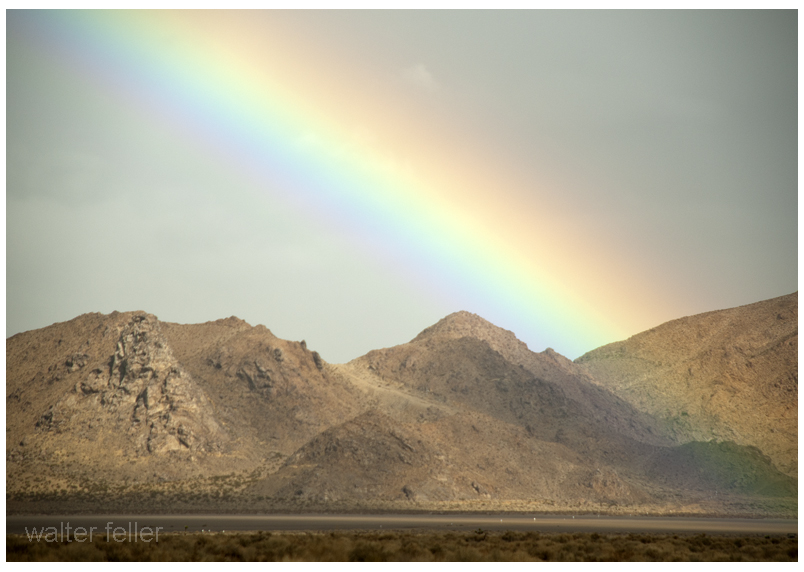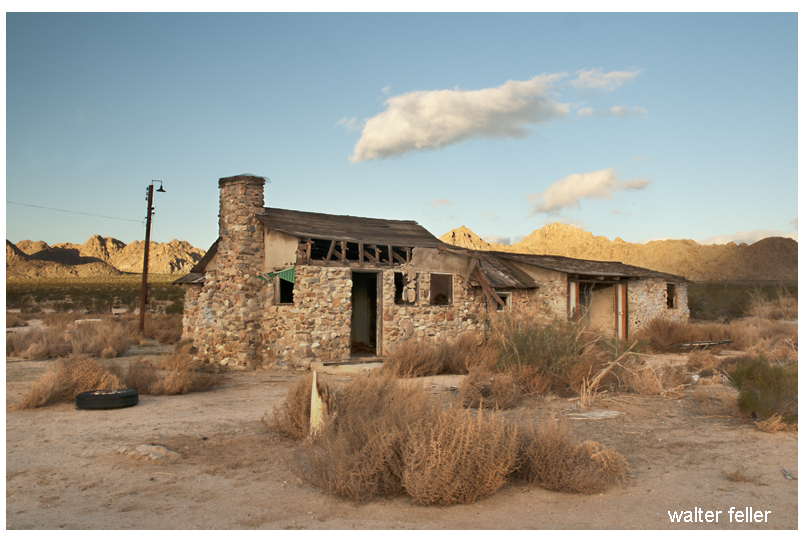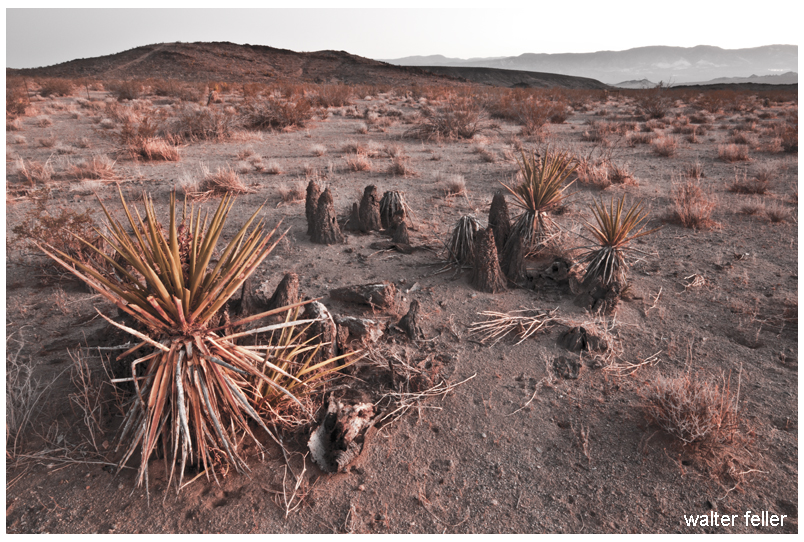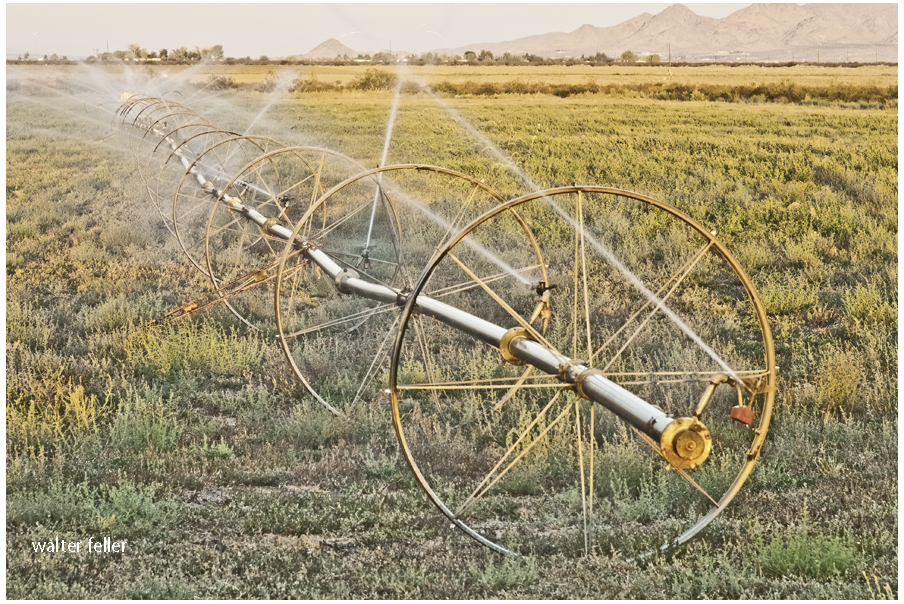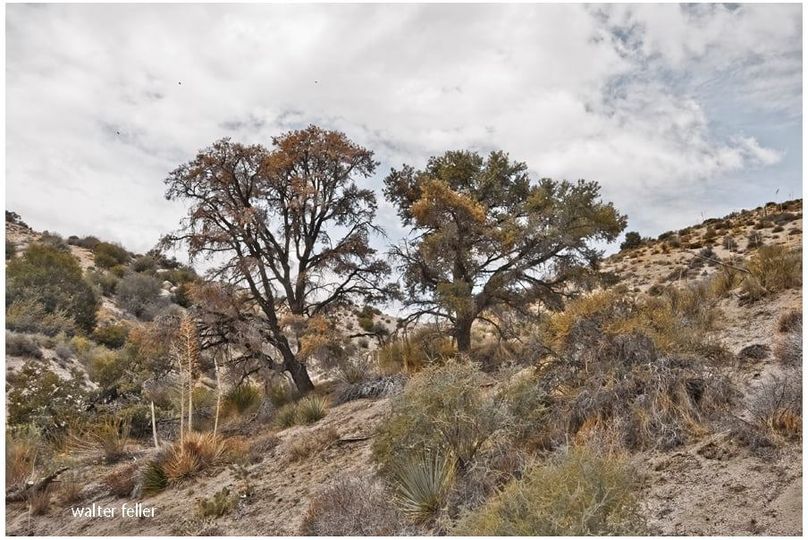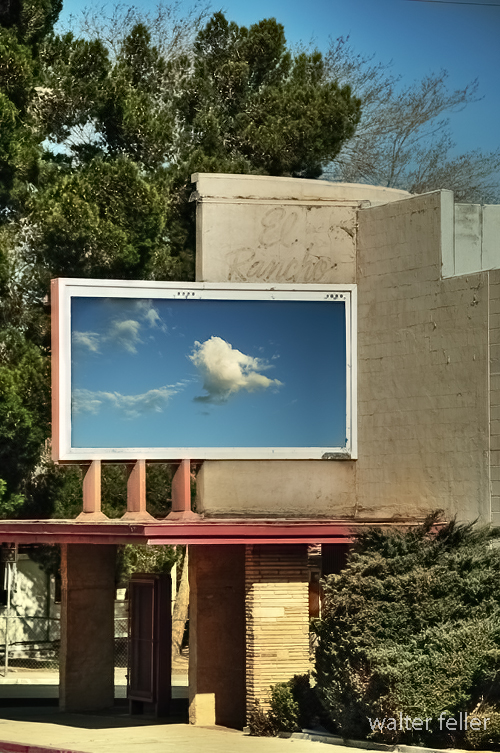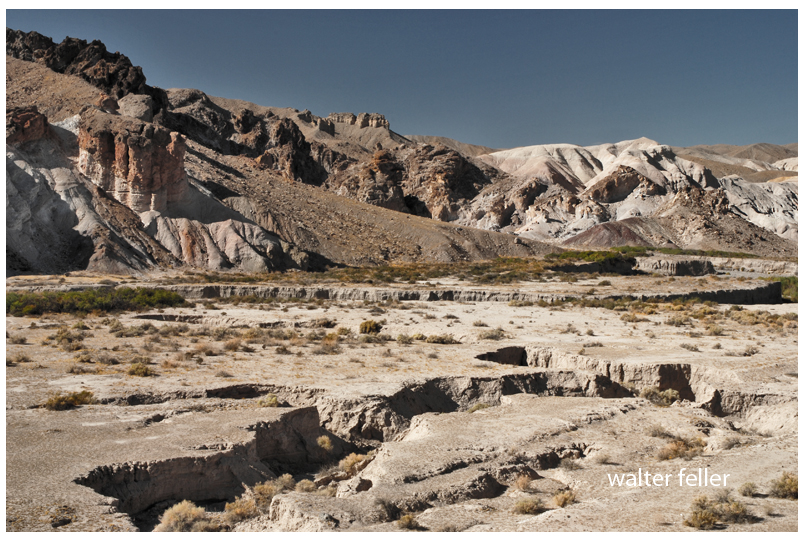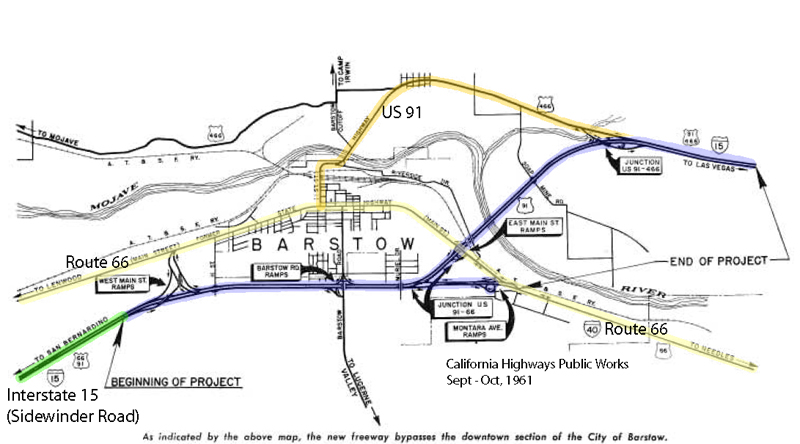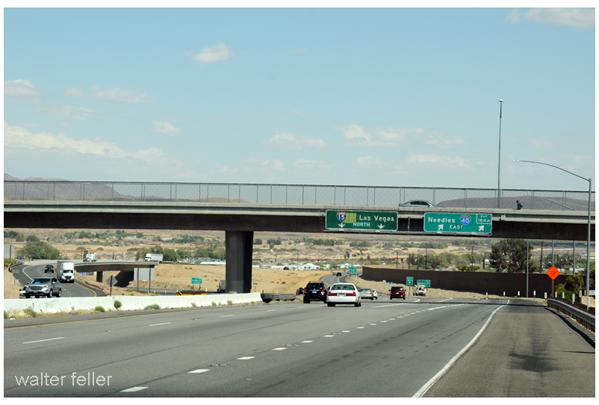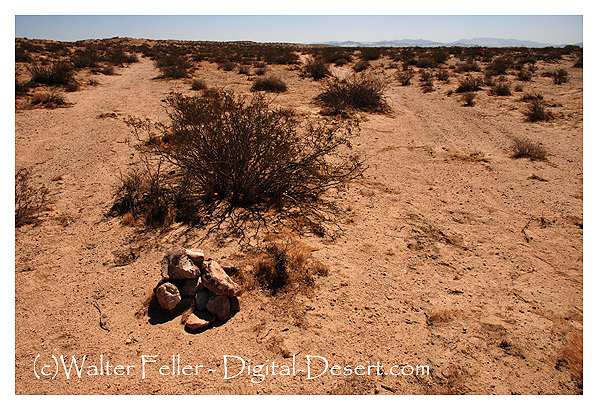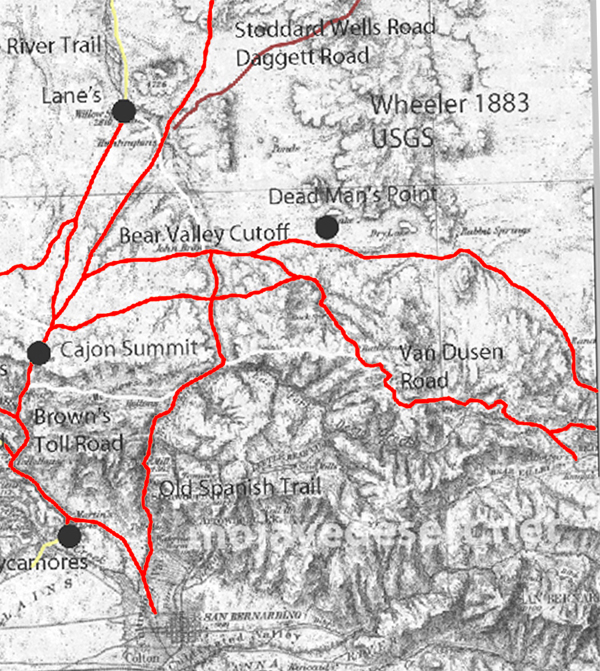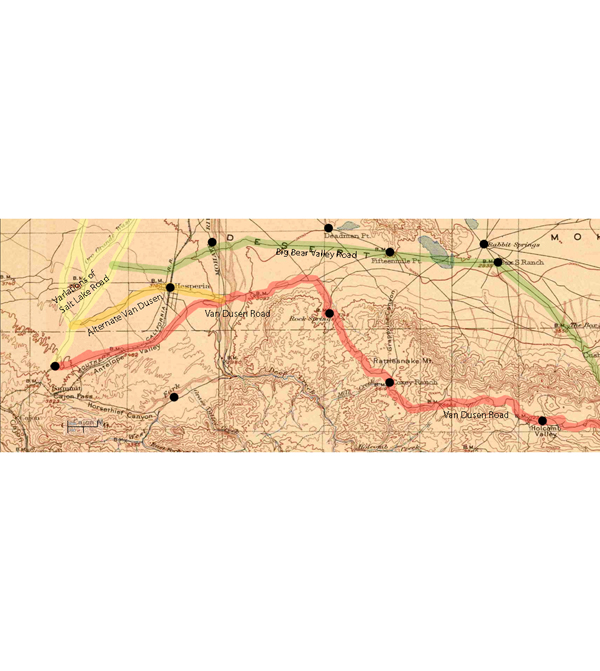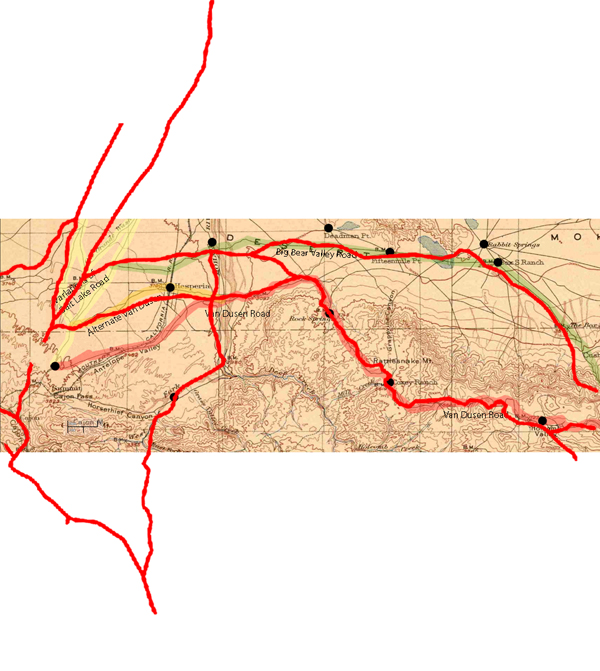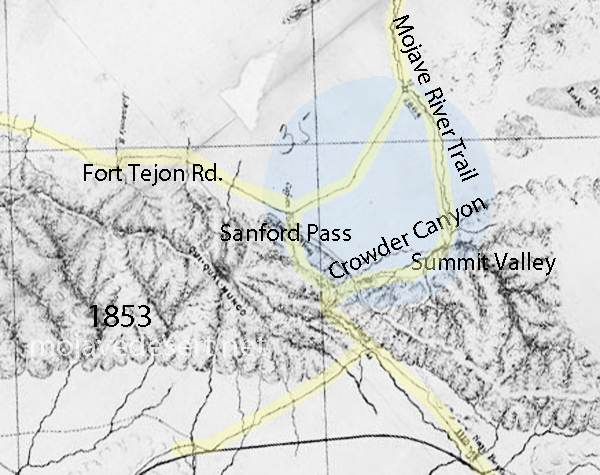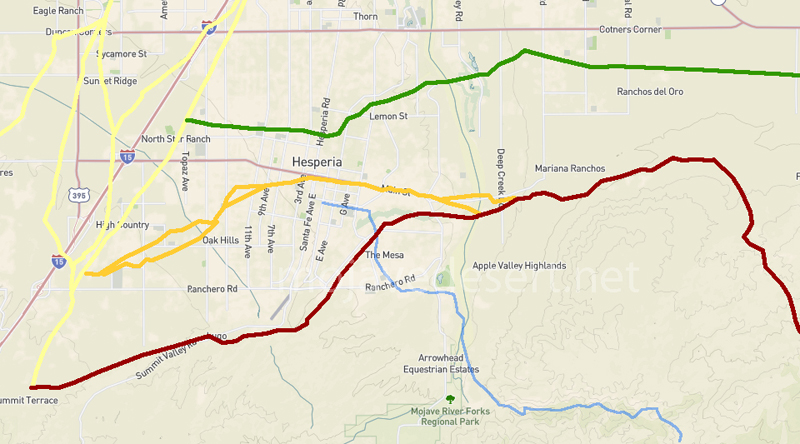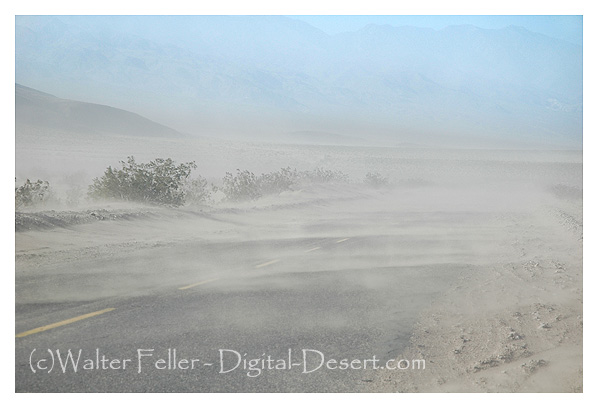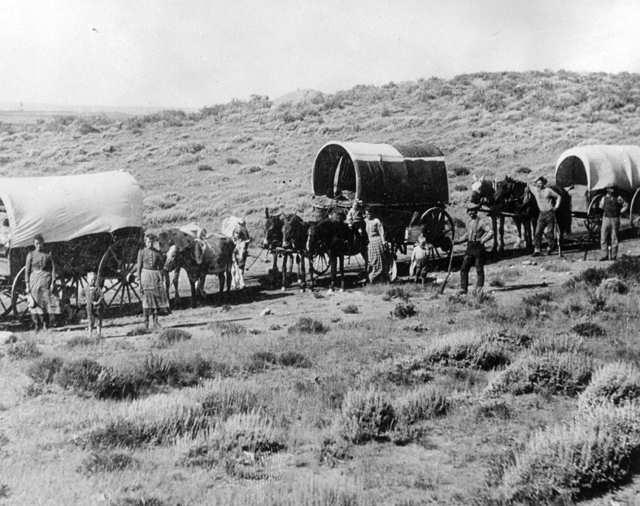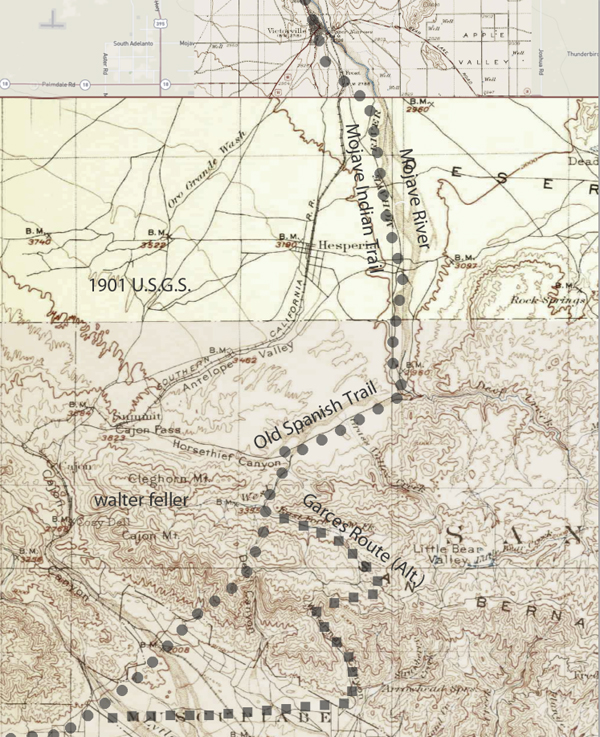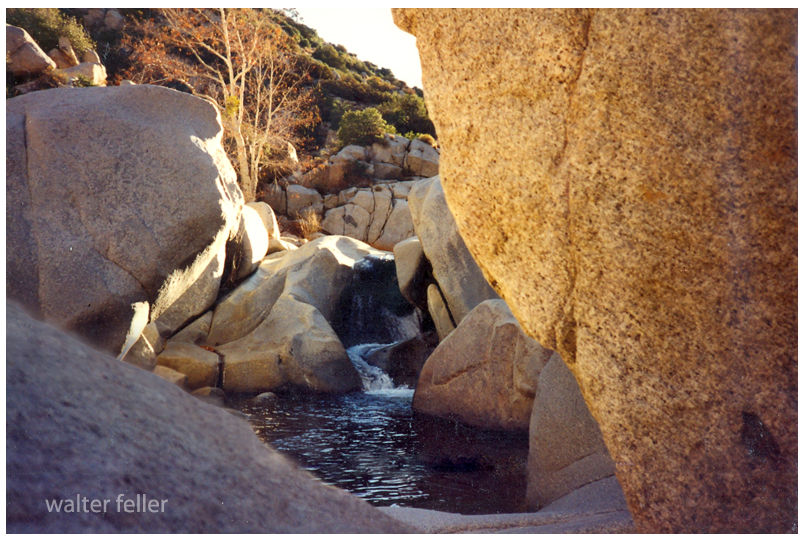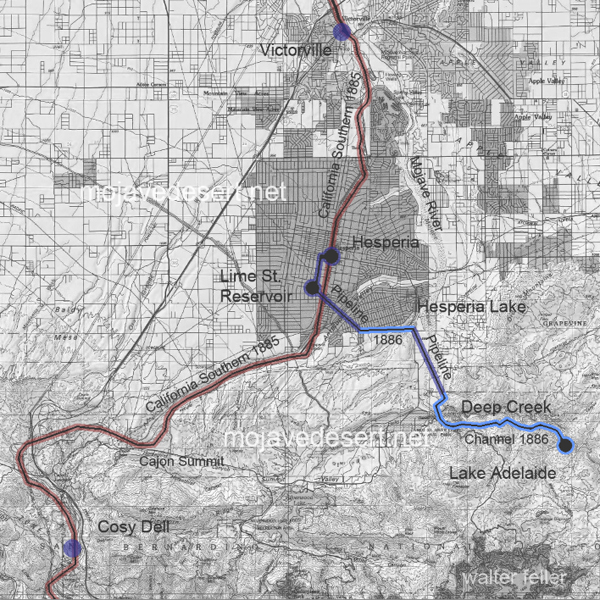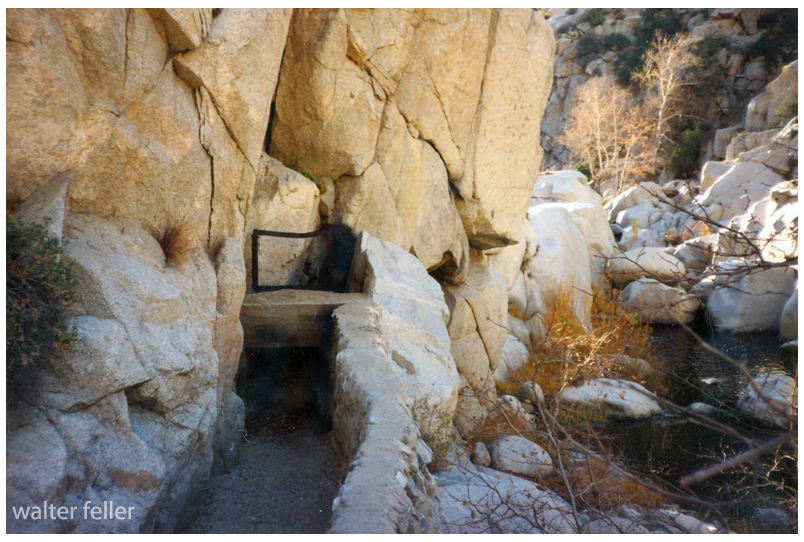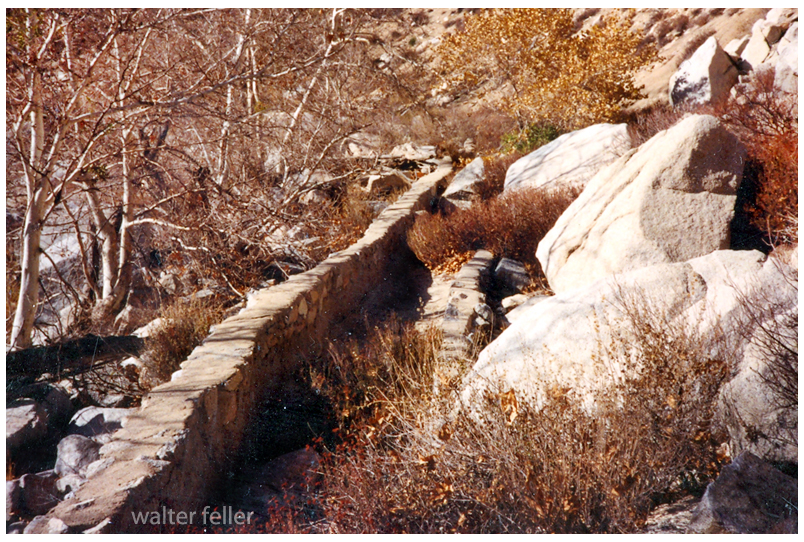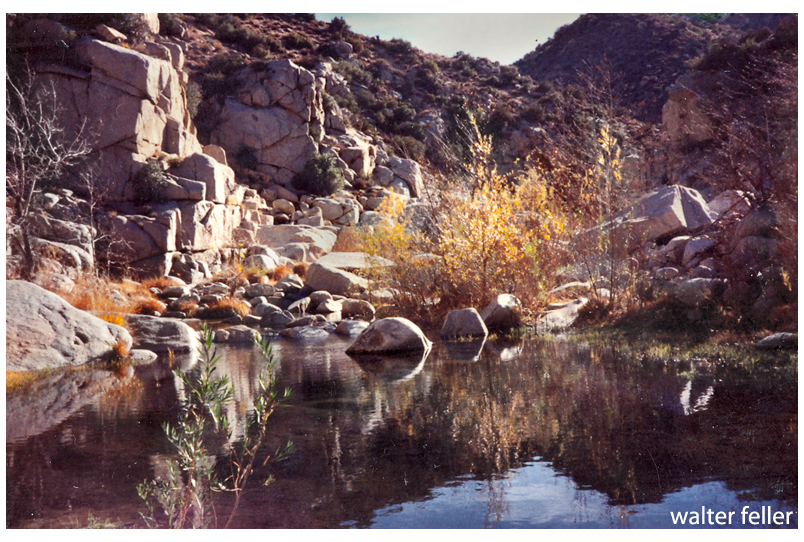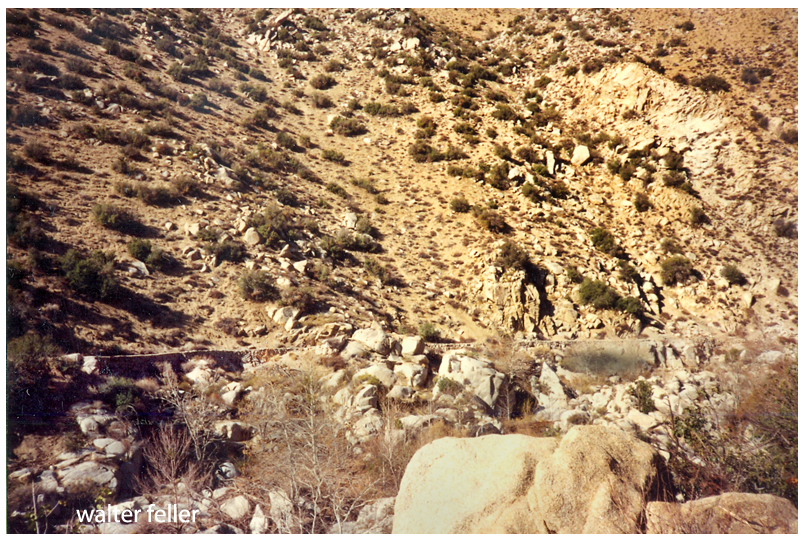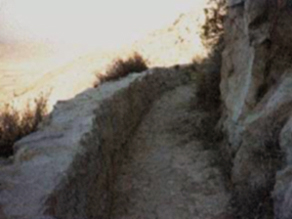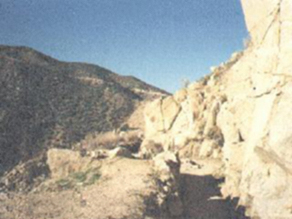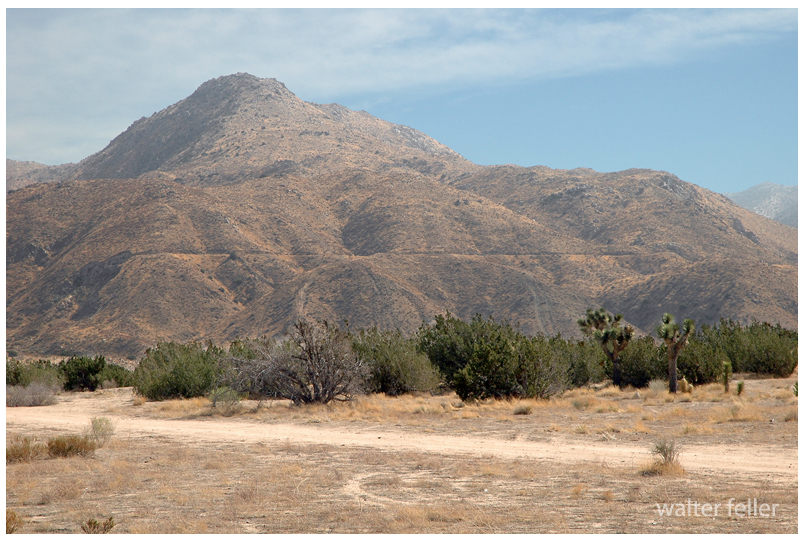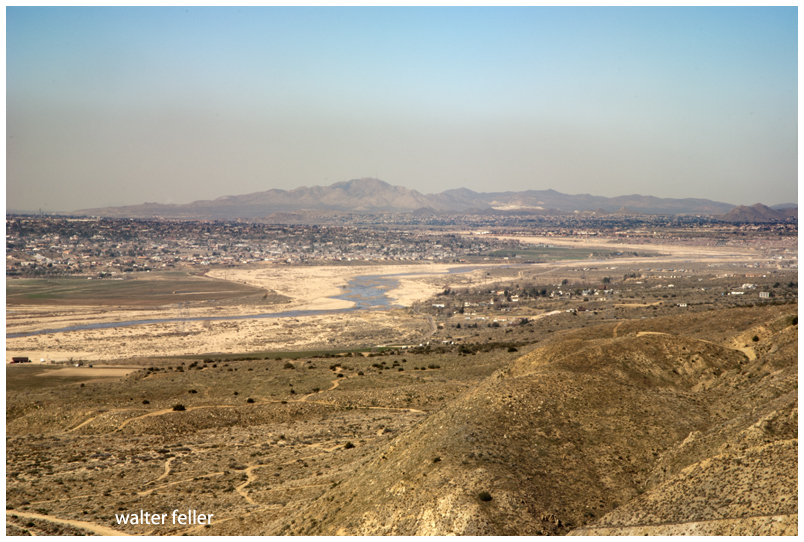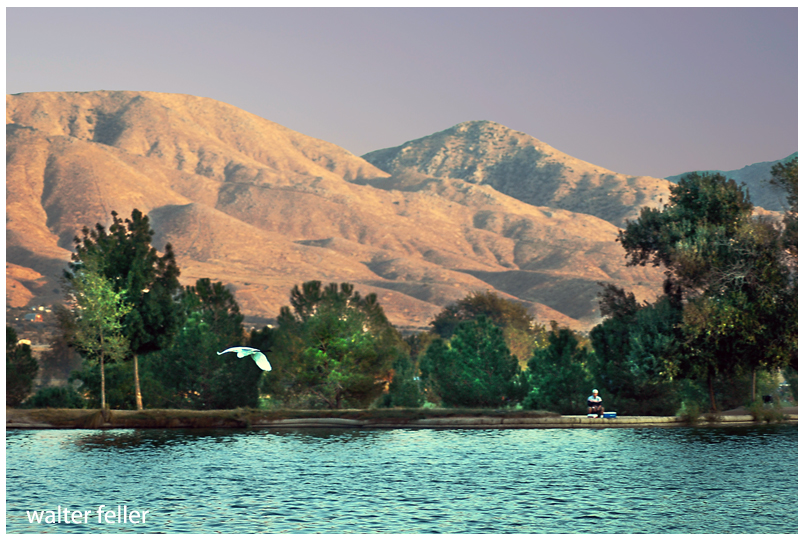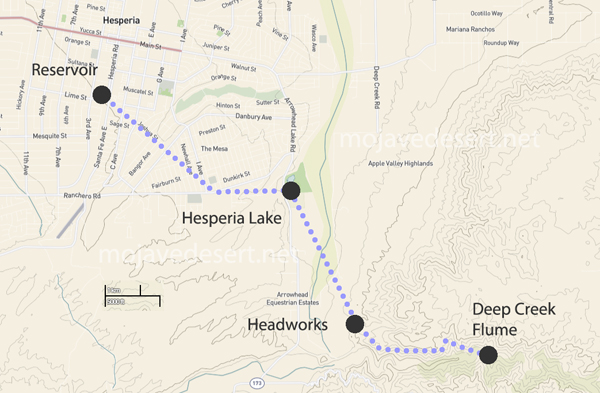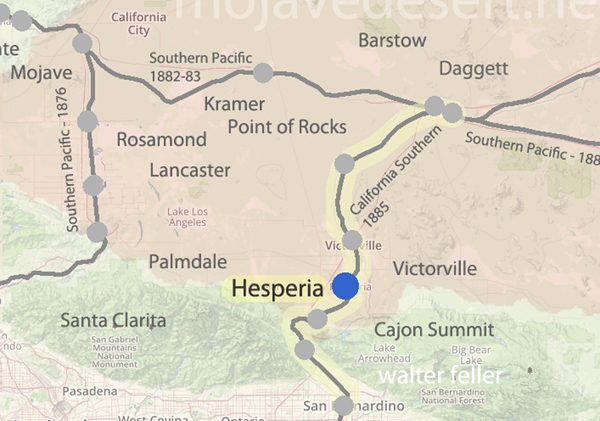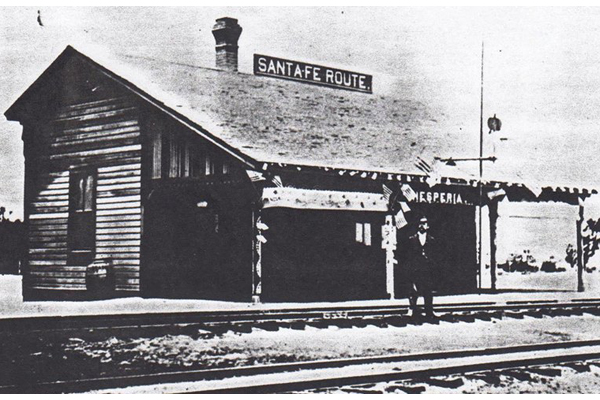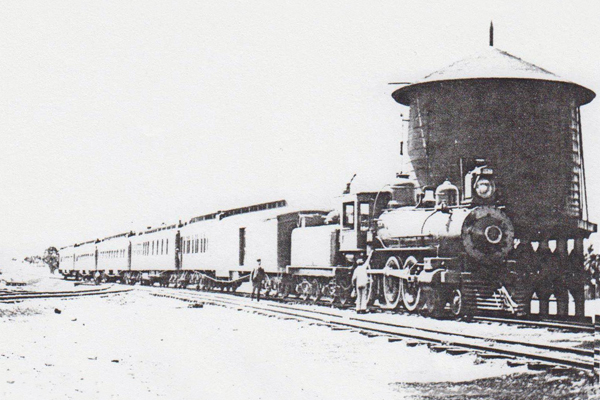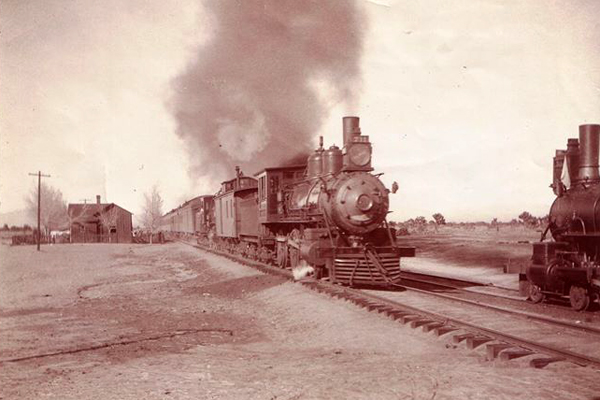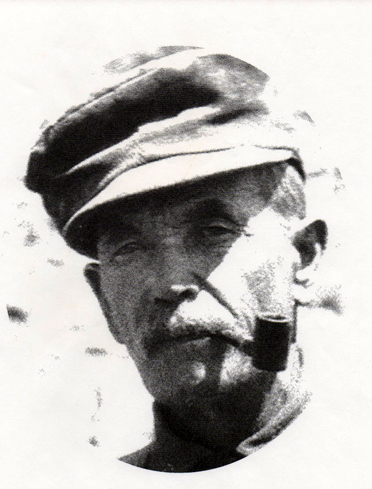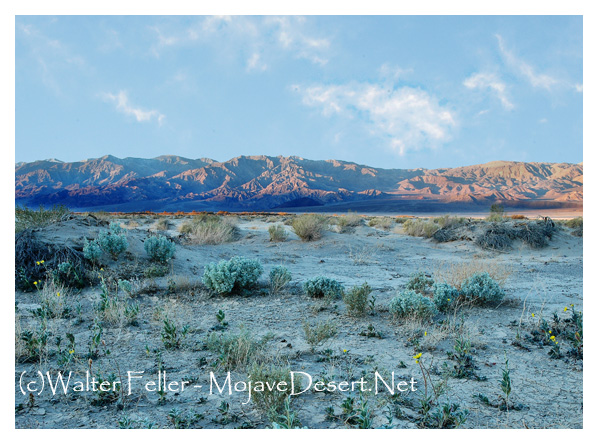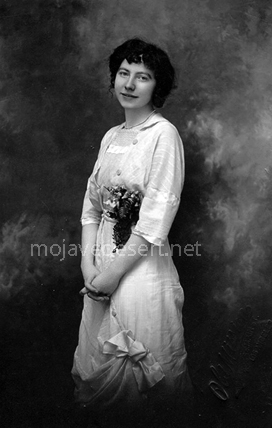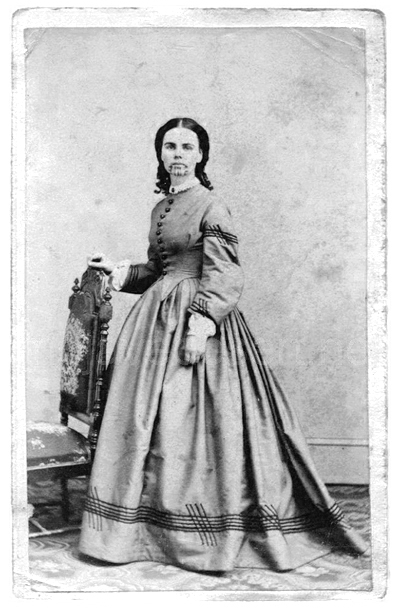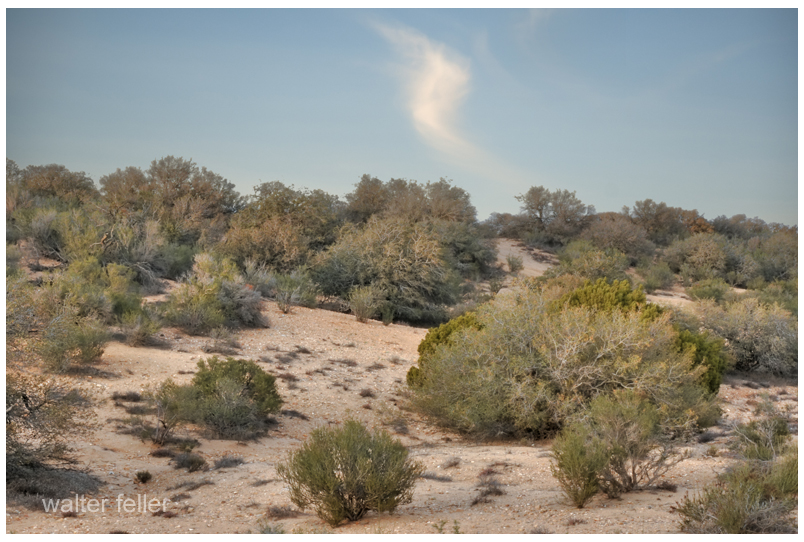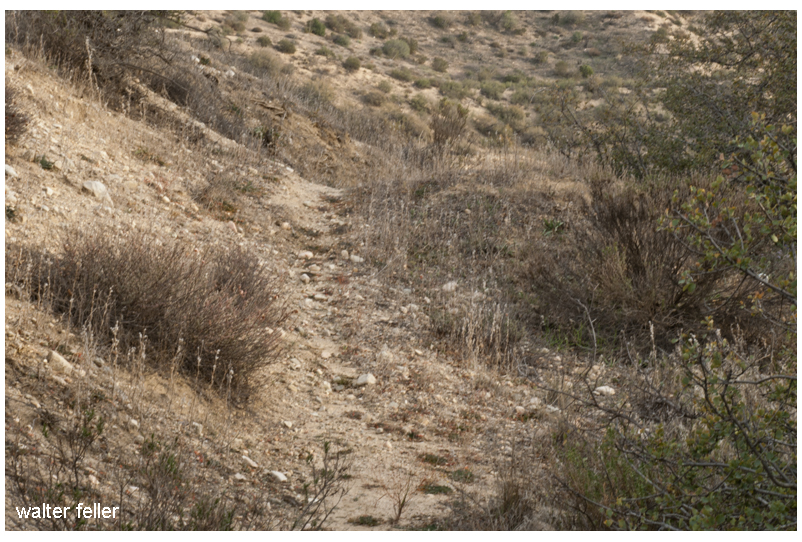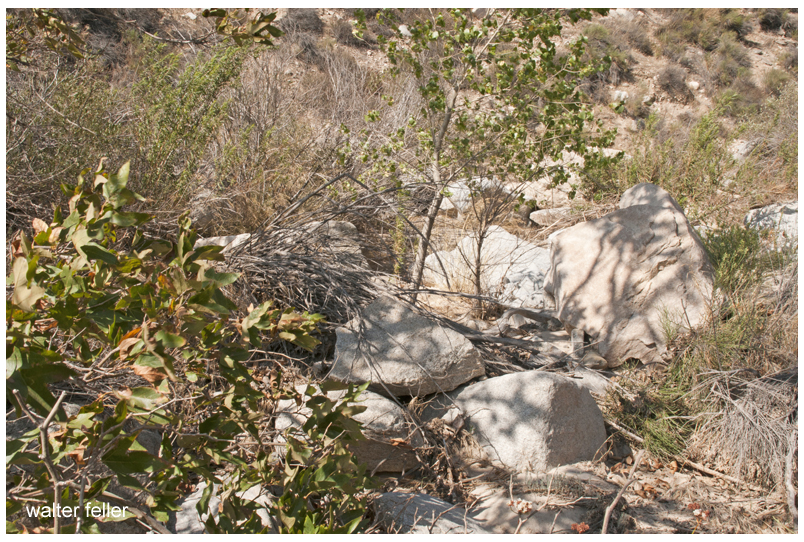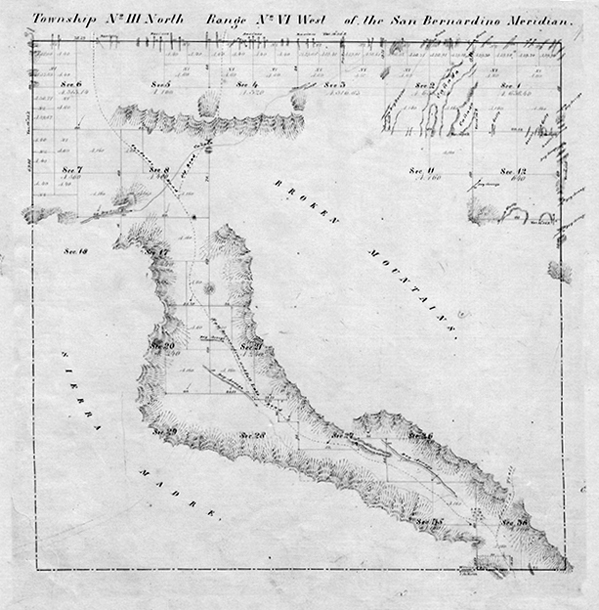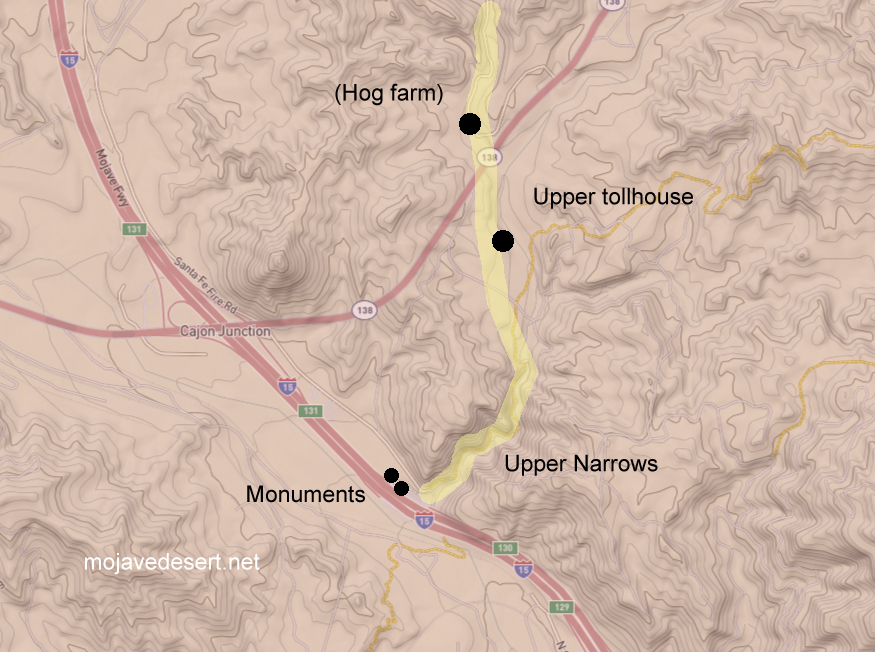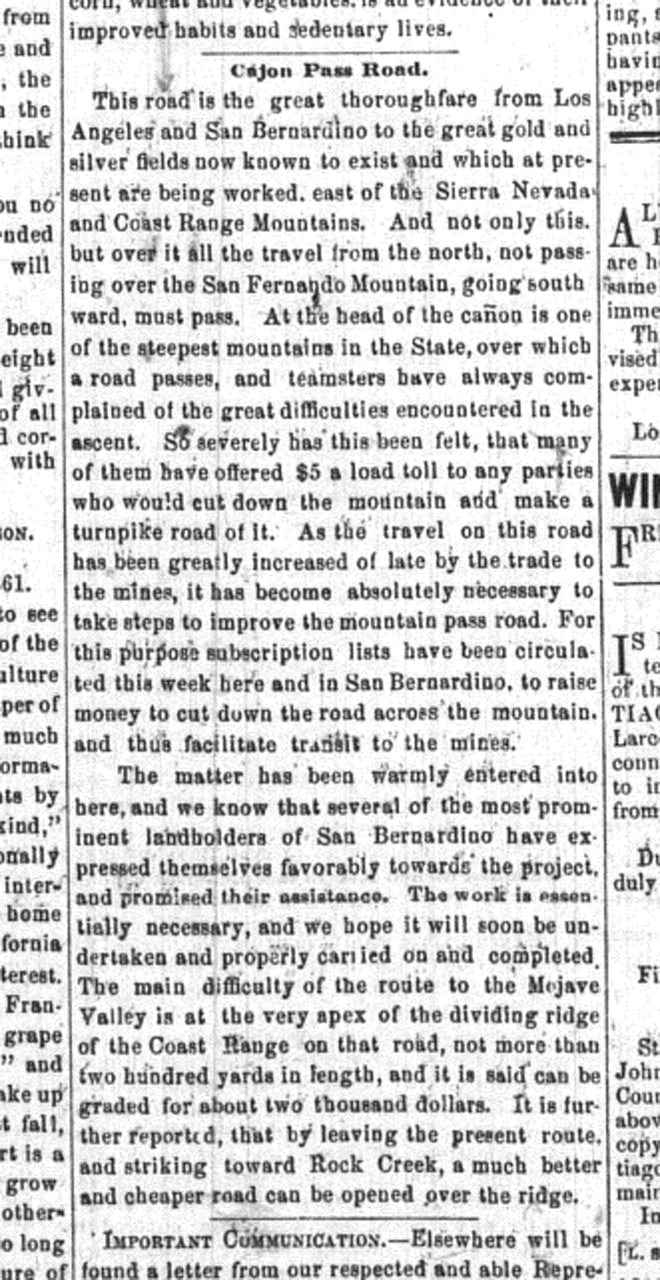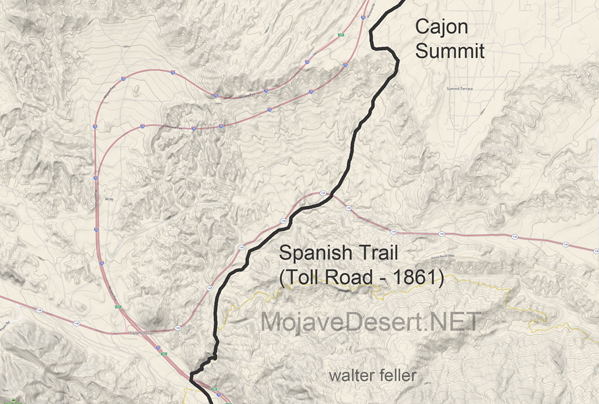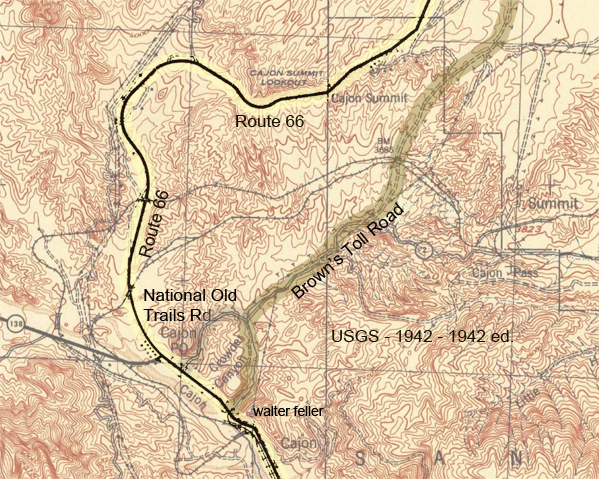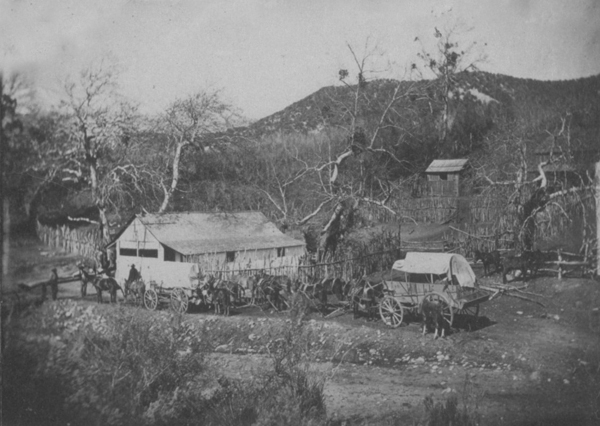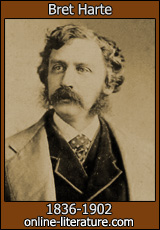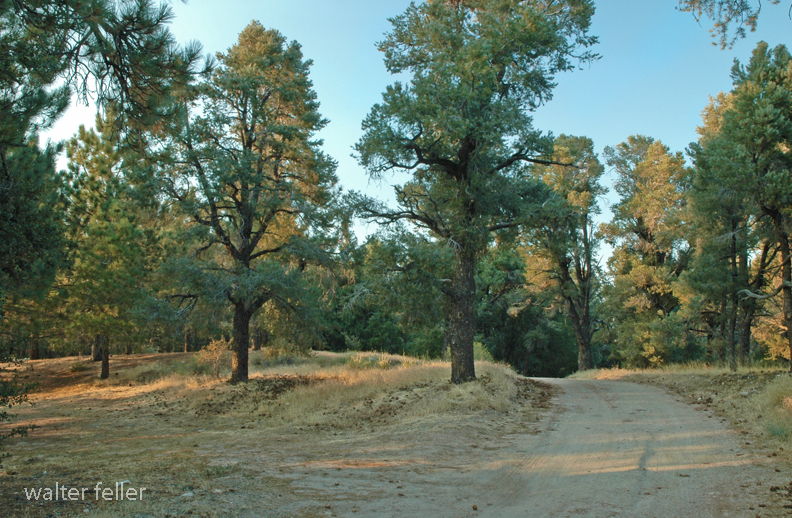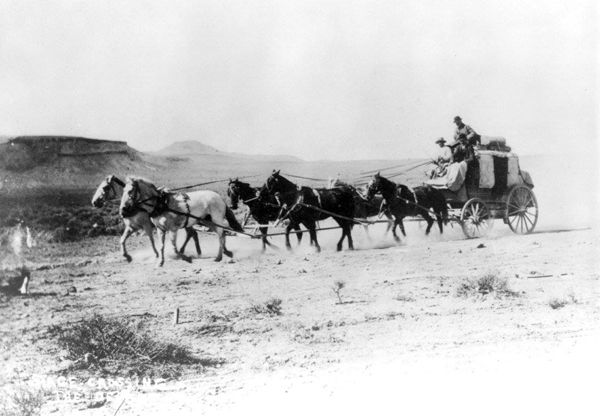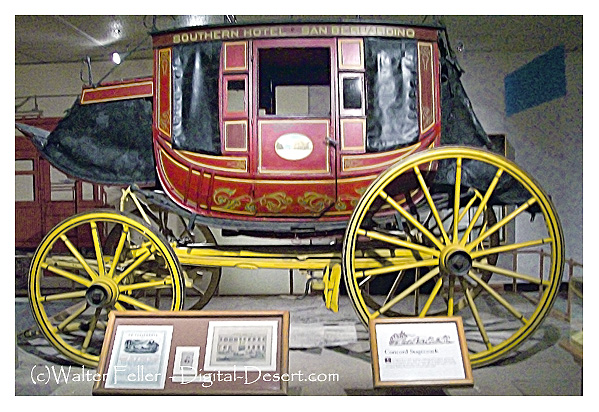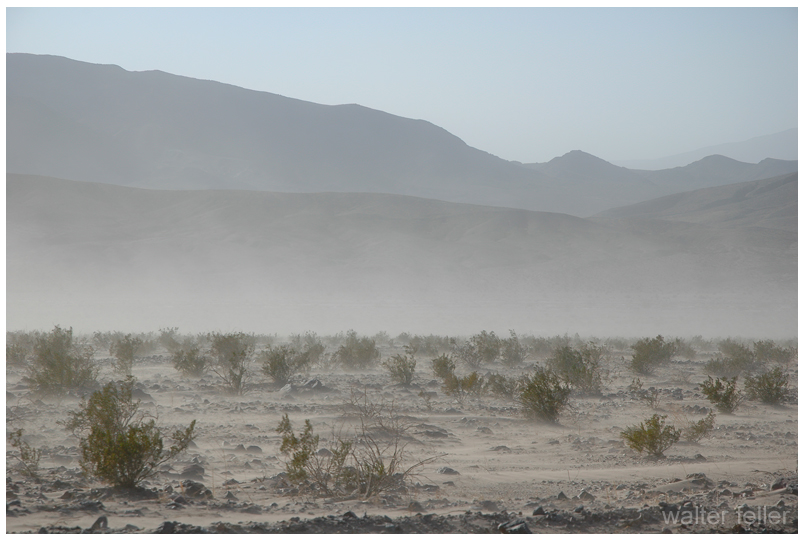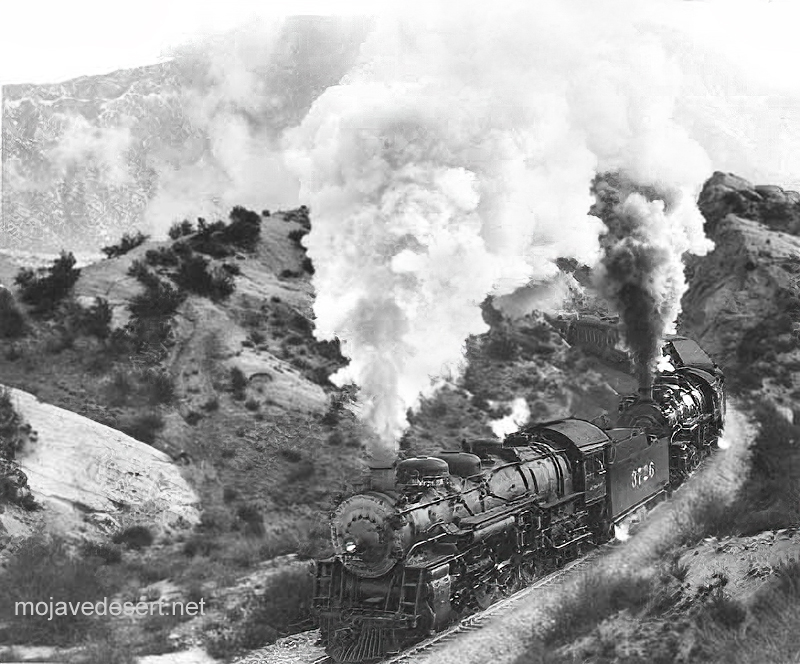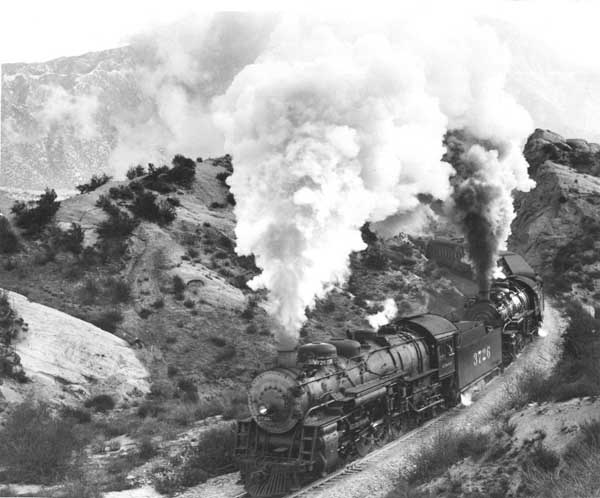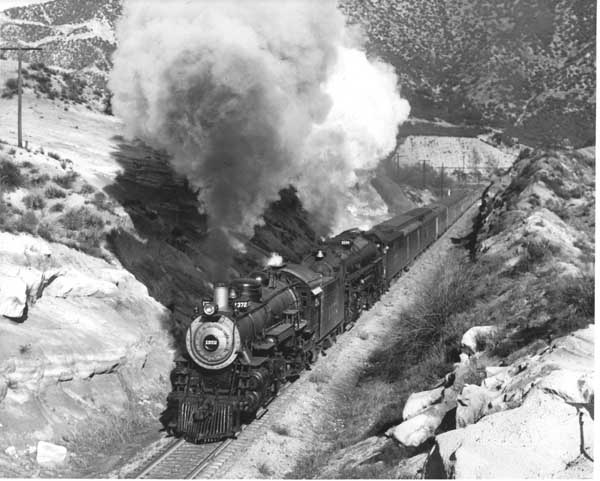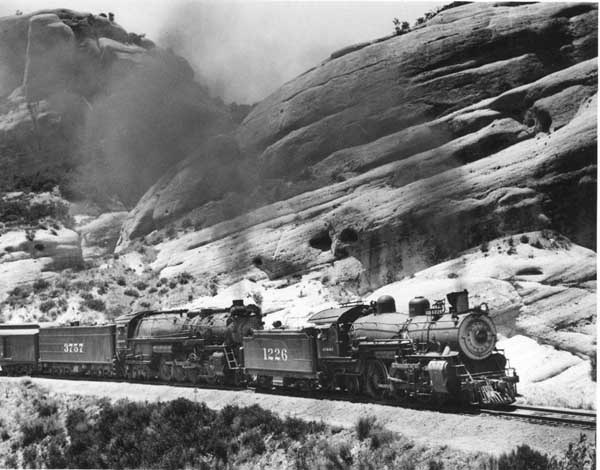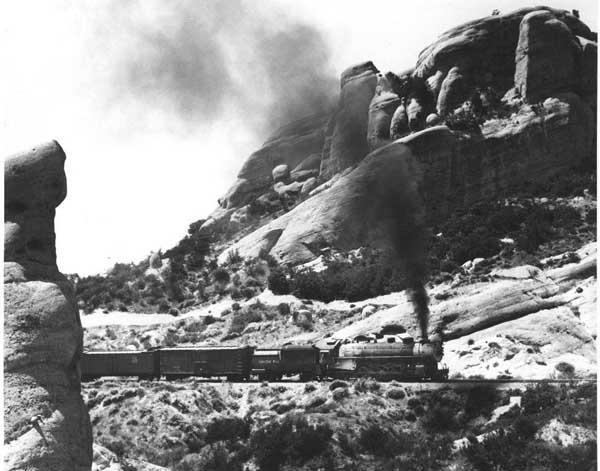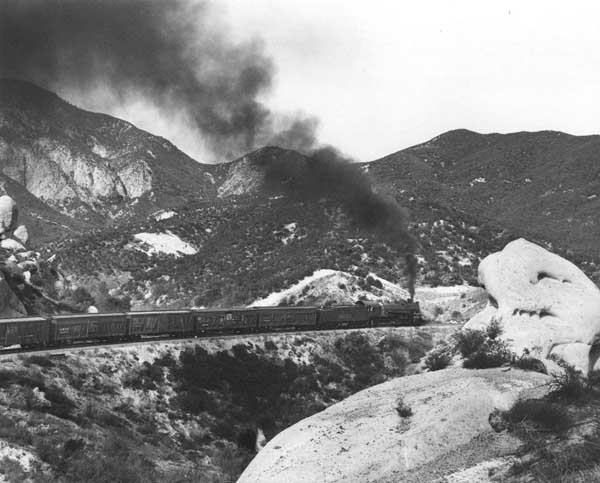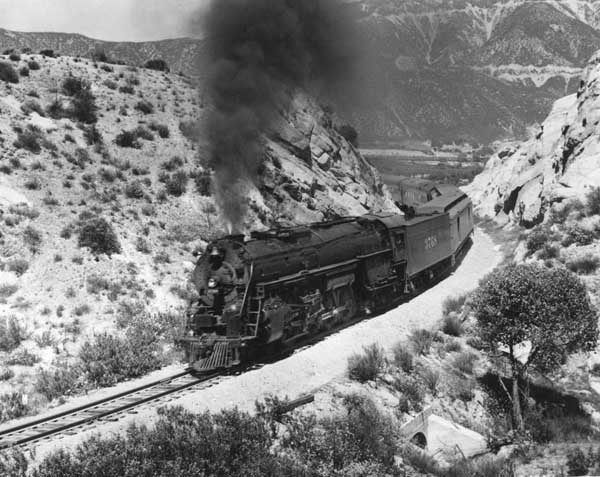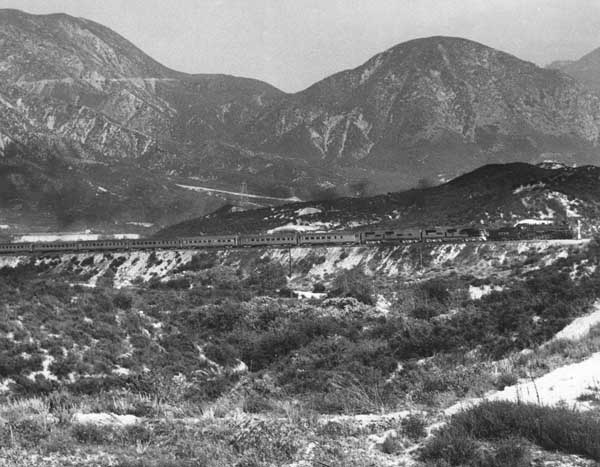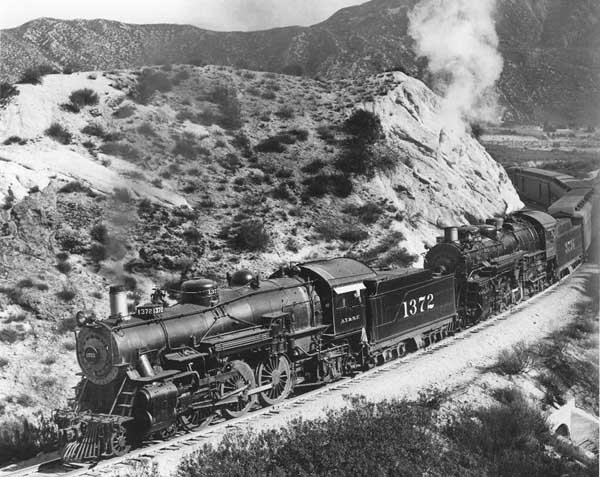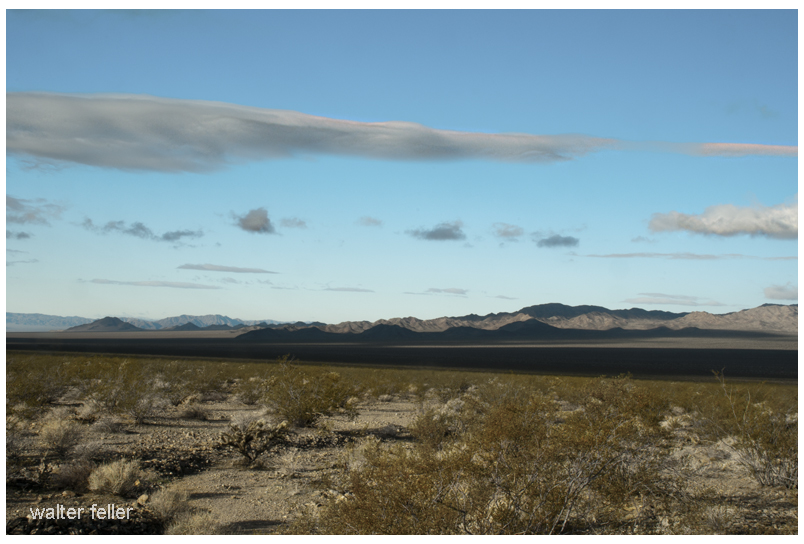What happens when one’s reflection takes charge?
Savan wakes up and gets ready for the day ahead
The sunlight coming through the window felt good on his back. This was a pleasant way to wake up. Savan Navas felt great. He shaved, showered, and then made breakfast for himself.
Savan dressed and stood looking into the mirror and tied his tie and adjusted the knot in exactly the position he preferred. A final inspection– He stood back a bit. He looked great. He smiled. What a wonderful day this will be, Savan thought. He took a breath then watched his reflection turn and walk out the door.
That was so strange, Savan thought.
Savan’s reflection walks out the door.
Savan was shocked; he froze. What did he see his reflection do? Should I follow? Savan wondered. He smiled at the thought although feeling an anxious cringe. Savan could hear the deadbolt slide into place and lock. Did I just lock myself in? He chuckled.
He could not remember something like this ever happening before–his reflection walking out the door.
I wonder if he knows where he is going.
This was entirely new to him.
What happened and to who?
That can’t happen, and yet it did happen. How could it have happened? Maybe it was him who walked out the door. It couldn’t have been him; he was right here.
This must be a dream. There are some dreams we swear aren’t dreams that real–but we are dreaming. There are some realities that are dreams, and we may find out later that we lived our dreams.
There appears to be reality and something else, possibly our reality is our point of view.
I wonder if he knows where he is going.
I wonder what the reflection does when I leave the room. I suppose it exists until I am out of view. I presume the reflection exists as long as I am there to be reflected.
This has never happened before. At least, it has never happened in reality that I can remember.
The reflection got ahead of me.
Here the story changes as Savan realizes that he may be the reflection rather than the being.
Leaving the room seemed easy enough–however, for some reason, he could not remember leaving the room before. He was not sure if that was what he did every day. He could not remember.
If I go, what do I do? I do not remember!
Savan could not remember any of these things. He could, however, remember that he just saw himself walk out of the apartment.
He could not remember anything before the sun on his back woke him up. There was no night before, no day before, no weeks, months, or anything. There were no memories other than the sun on his back and the events that took place until now.
What is beyond the door? Where do I go? What do I do when I get there?”
Since I cannot remember, does this mean I am the reflection, and the real me left the room?
Savan ponders his feelings — if he were just a reflection, would he have any feelings at all? Is feeling nothing feeling?
What does all of this mean? Is this existence? What will/may happen from this point?
A subtle agony overtook him as he realized he may be nothing more than a reflection of a man, and if so, this was his existence in total. If he turned around there may be nothing–he would cease to exist.
“Nowhere,” Savan thought “Out there is nothing.”
Then, indeed, he would cease to exist once he altered his state, even if only by one particle, or a photon as it may be—surface tension.
Let go of the past.
“Is this what happens every day? “
He could not remember.
If it were his destiny, to be ephemeral, he fretted, he may cease to exist once he turned, and looked away from the mirror. To move on his side of the glass–to try to leave the room and enter a future.
There is no future; there was no past
Since he could not recall a past, there was nothing, and he could not imagine a future without a history to gauge it by.
He felt cold and empty.
But he was conscious of himself. He was self-aware.
“Do I exist at this exact moment?”
Not to my reflection.
Am I in the mirror or looking into the mirror?
“Certainly, I do not exist to the version of me that I believed to be a reflection of me who left the apartment.”
“It would be safe for me to remain here just like this if I wished to continue to exist, although this existence would be unwhole without dimension.
Or do I exist as long as I am aware of myself?
I would think that once, I also may have left the room while my reflection stared in disbelief. However, I cannot recall, at this moment, anything that would lead me to believe I should remember anything about a reflection acting out of character for a reflection. Generally, reflections have no future, as their reality is dependent on their subject.
Do my reflections exist when I look away? Are they always there?-Waiting for me?
As long as I am conscious of my reality, I am real. I am looking into the mirror and do not see my reflection, which may indicate that if I look away (turn around) I may no longer be capable of maintaining my reality, and that may mean that I am an ephemeral reflection and not the real me.
That I am only real outside of reality.
Descartes – “cogito, ergo sum” (I think therefore I am.)
Or can I walk through that door into an uncertain reality, a future, and live from this point forward free of preconceptions and learned behavior?
The only way to know is to turn around and walk out the door. I may cease to exist; however, I did exist as I chose to see if I did, indeed, exist.
Savan turns around to leave the room but finds himself looking in the mirror and sees himself coming in the doorway.
—
The end
Instantly, there is nothing.

